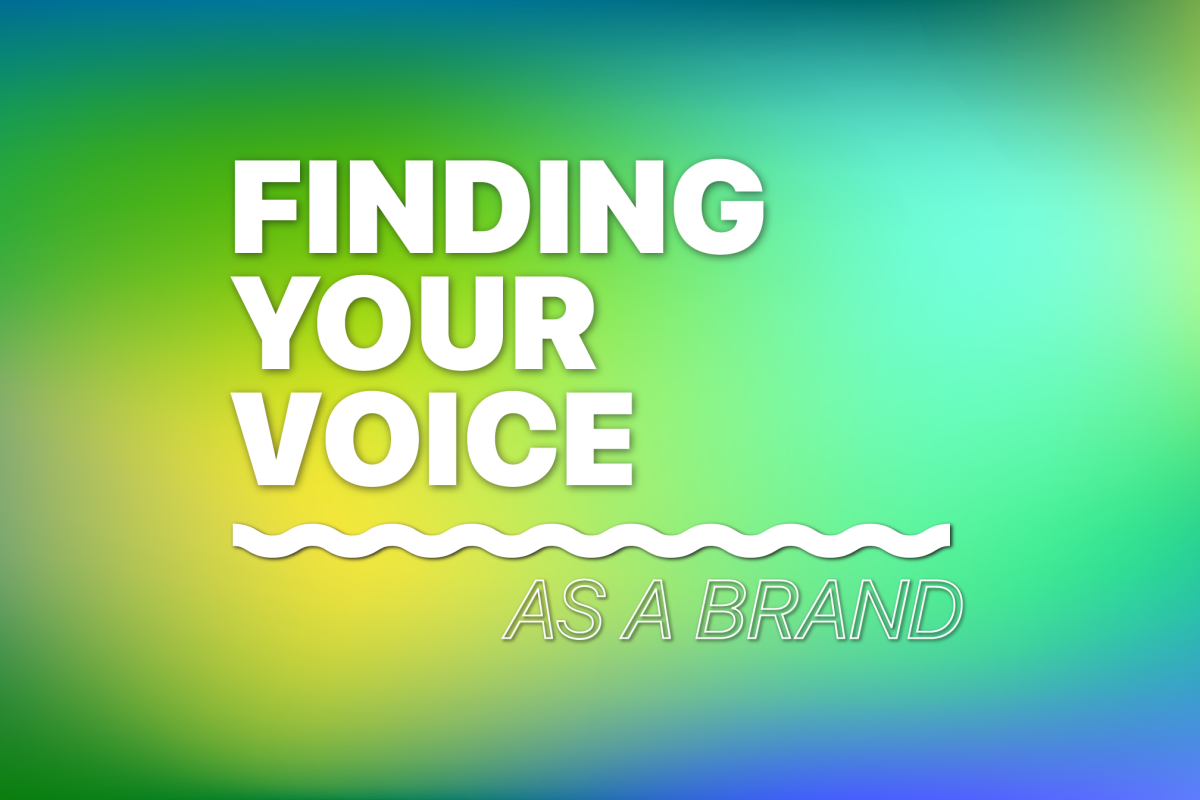Recently, the team at Pilot Fish Media have been working collaboratively to pivot our brand and delve deeper into our why, mission and tone of voice. The importance of brand guidelines has become much more apparent to us, and in this blog, I’ll be sharing some of our thoughts with you.
A business’ brand is ultimately its most important asset. Not only does a brand reflect a company’s personality, but it also acts as a showpiece, which increases credibility and shows off your values. This is where the brand guidelines come in!
What are brand guidelines?
A set of brand guidelines generally consist of:
- The company logo and its variations
- Colour palette, including hex codes
- Typefaces and their use
- Tone of voice
- Imagery
- Icons/graphic elements
The brand book essentially contains the ‘behind the scenes’ of the brand. Here, you’ll find finer details like recommended point sizes for type and the tone of voice for different social media platforms. You’ll also find rules set out that should be adhered to when anyone is creating content. Think of it as your brand’s ‘bible’.
What are the benefits to having brand guidelines?
In a nutshell, brand guidelines help to:
- Ensure all brand outputs are cohesive, consistent and recognisable to the public
- Allow your employees and clients to understand the nature of your brand
- Keep everyone on the same page
- Save time when preparing branded documents
- Set style standards to ensure your brand’s outputs are ✨glowing✨
On the flip side, what are the disadvantages to not having brand guidelines?
Without a set of guidelines, your brand can be impacted in a number of ways, such as:
- Lack of brand consistency, meaning your brand is far less recognisable
- Lack of professionalism, which can potentially lead to less custom
- Difficulty keeping up engagement with followers/customers/clients
- Difficulty standing out against competitors
- Unclear brand vision, mission and values (which is often what will set you apart from competitors)
- No voice to support your brand
Why use brand guidelines?
Your guidelines can be used both internally and externally to ensure consistency across all outputs. They help both the company’s employees and clients understand the nature of your brand and your creative do’s and don’ts. Often, the creative team behind the business will put together the brand guidelines, applying their design knowledge to ensure clear execution.
Brand guidelines are a valuable piece of work that will help everyone stay on track and ensure all outputs are cohesive. Without these guidelines, your brand’s message could mistakenly change at any point because a logo was used incorrectly or because an employee didn’t know to use the wordmark instead of a graphic element.
So, if you or your business are yet to put together a set of brand guidelines, this is your reminder to get the process underway!
Want to chat more about your brand guidelines? Get in touch at [email protected] and I’ll be happy to help!


